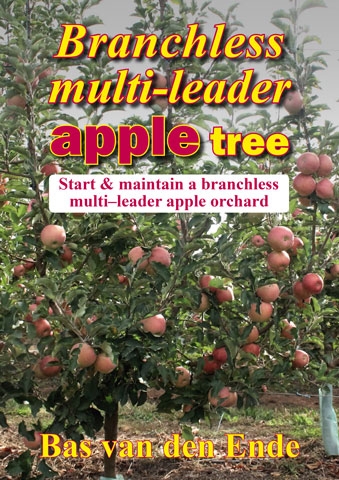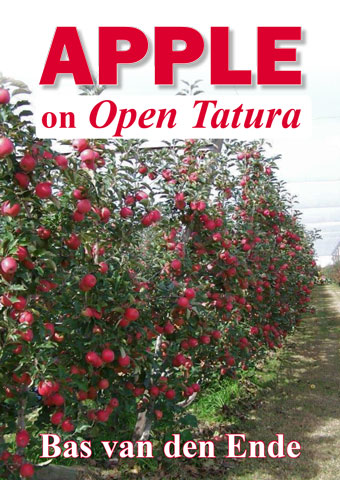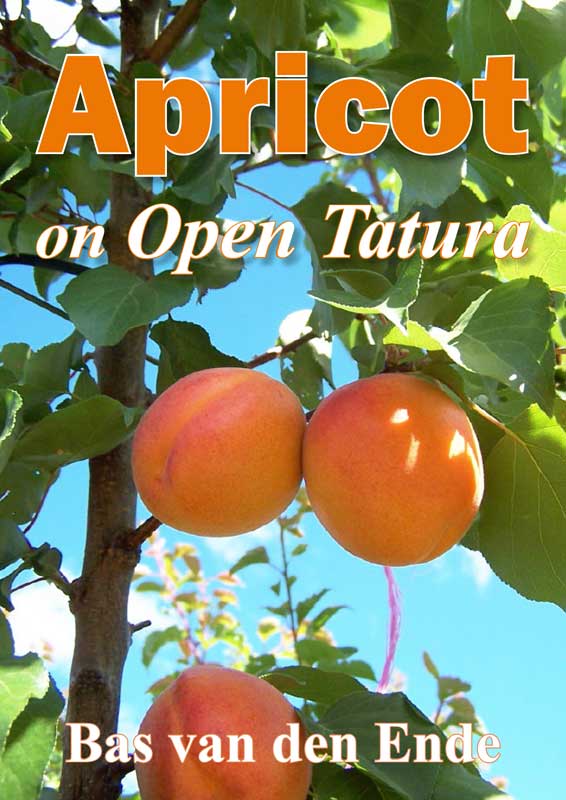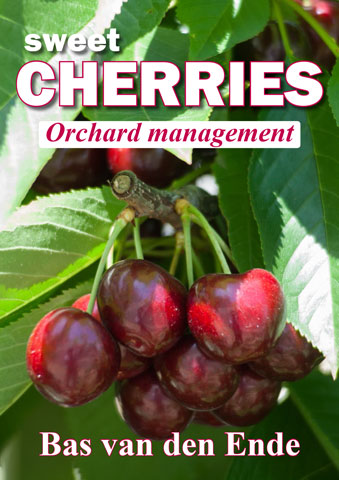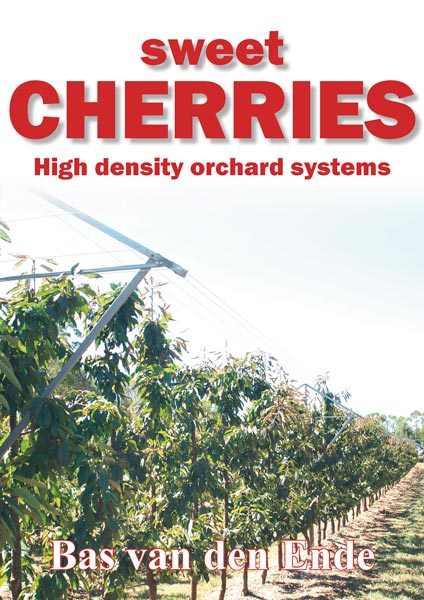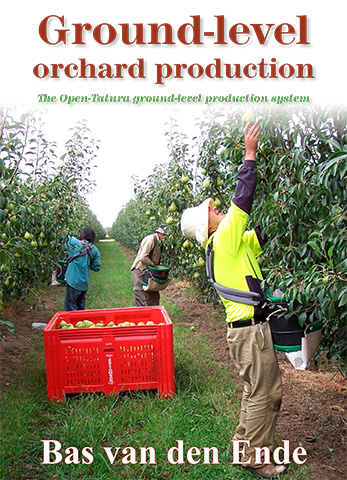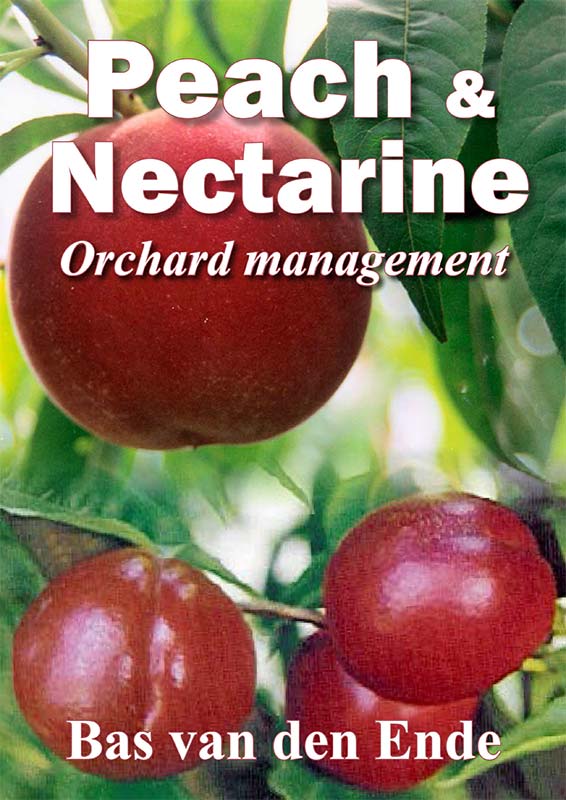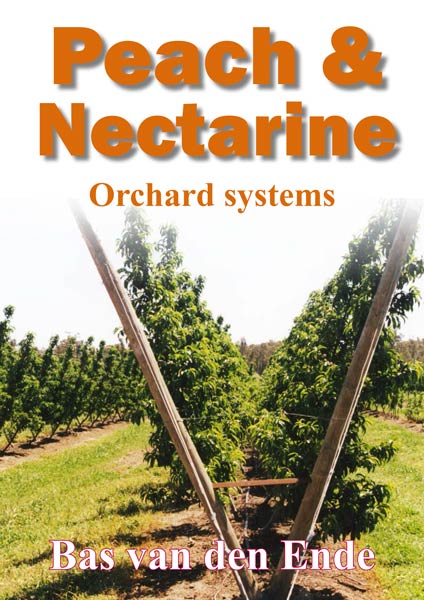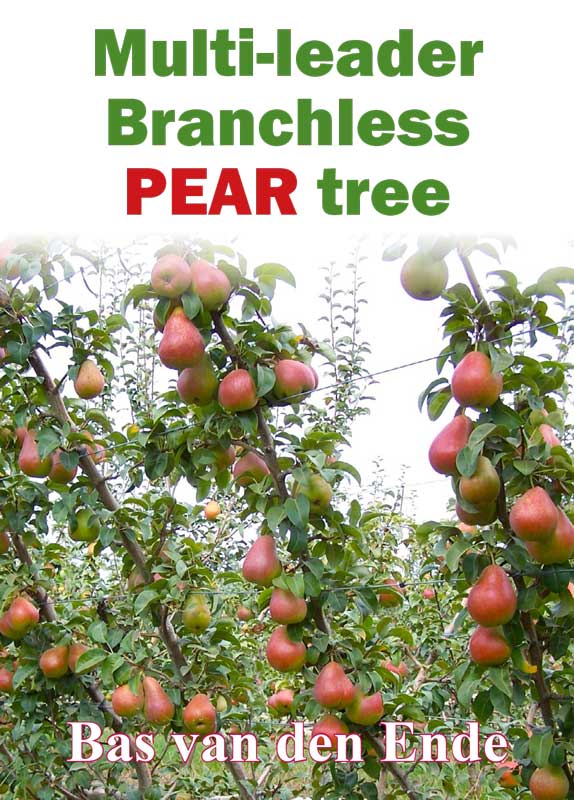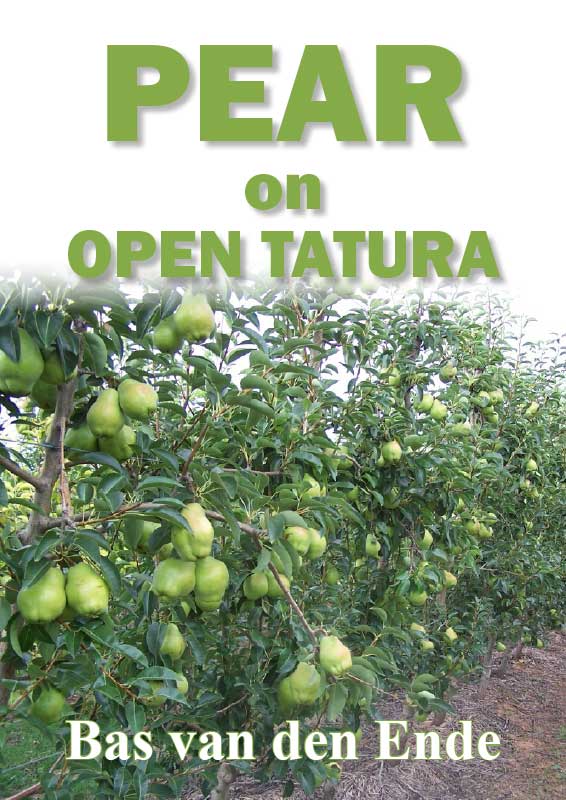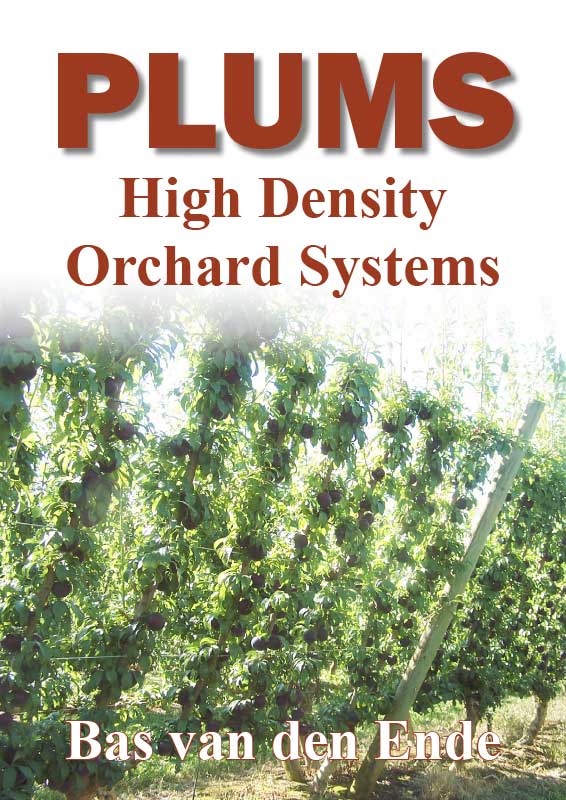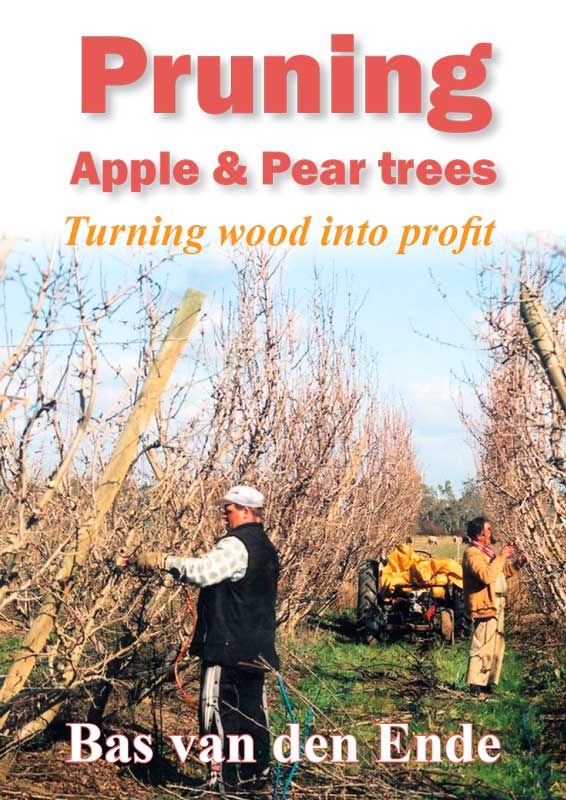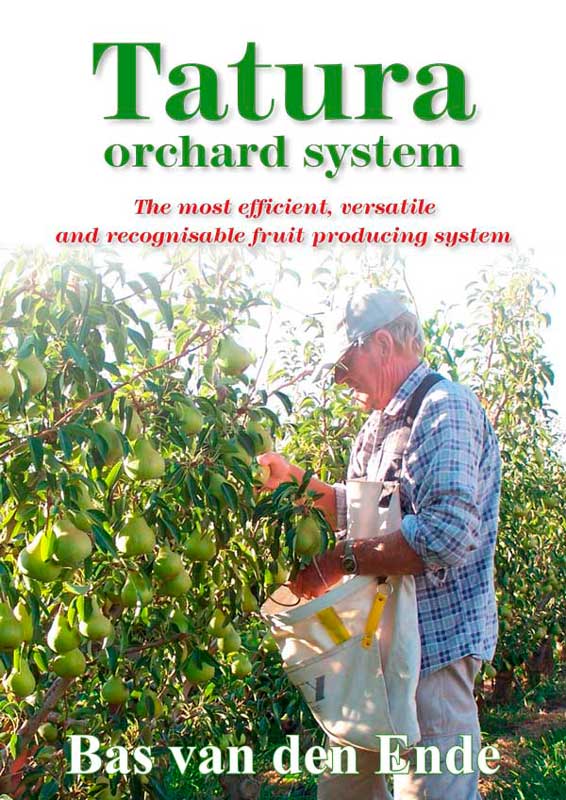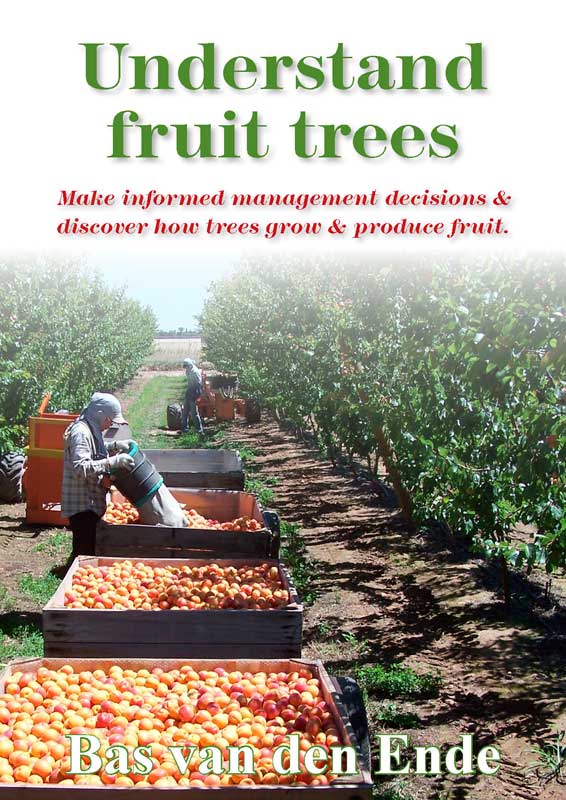The use of traps with an insect sex pheromone lure is the simplest and most accurate way to monitor pests.
(Continued from last month)
Moth identification
Insect pheromones are specific to the pest species. Each species uses a different set of pheromones to attract the opposite sex—so a codling moth lure will only attract codling moth, and a LBAM lure will only attract LBAM.
How long is a trap effective? Pheromone-loaded lures attract moths only for a set period of time, usually four to six weeks. To maintain reliable pest monitoring, the lure should be replaced before its effectiveness deteriorates.
The glue-coated floors or liners also need to be replaced regularly—especially if many moths are caught or the glue starts to lose its stickiness.
Monitoring traps Traps should be checked each week on the same day. Scrape out moths and other insects. Make sure you know what insect you are looking for and record the numbers each time. Do not rely on your memory!
Interpreting the numbers The numbers you record from pheromone trap catches tell you a couple of things about the pest but don’t expect them to give you the whole picture.
They tell you when a particular pest is present in the adult form in your area. That’s important for some pests, as is Biofix or sustained first flight, for other pests.
By graphing the total numbers caught each monitoring day, you can see whether the number of adults is rising or falling. This can help determine the best time for control measures.
The numbers caught in your traps do not always tell you enough about the overall pest pressure to be used as thresholds for action.
Timing of sprays is most accurate when information is gathered from a number of sites—regional monitoring programs are extremely useful.
Insecticide sprays are directed towards newly hatched larvae, not the adults.
Traps, mating disruption & codling moth
The pheromones used in mating disruption (MD) orchards are super–strong to override the pheromone released from the dispensers.
Catches are difficult to interpret, thresholds are very low, and trap catches are usually low.
But this also indicates that the pest is active in the orchard, and we need to be aware of the performance of the mating disruption products.
‘DA’ lures are a karimone that is based on the aroma of ripening pears—these attract female codling moth. Blends of the DA with the codelmone pheromone are available, and can greatly assist monitoring in apple blocks, however, the performance of the DA component varies with the apple variety, so it takes some time and experience to interpret the trap catches.
Traps, mating disruption & OFM
Unfortunately the only option for monitoring OFM in MD orchards is the bait trap.
This is a feeding trap that uses the food aromas of fermenting brown sugar and fragrance terpinyl acetate. Super strong pheromone lures don’t work for OFM in MD orchards.
SEE THE BLACK LIGHT TRAP AND THE BAIT TRAP FOR OFM in the December 2011 issue of Tree Fruit
